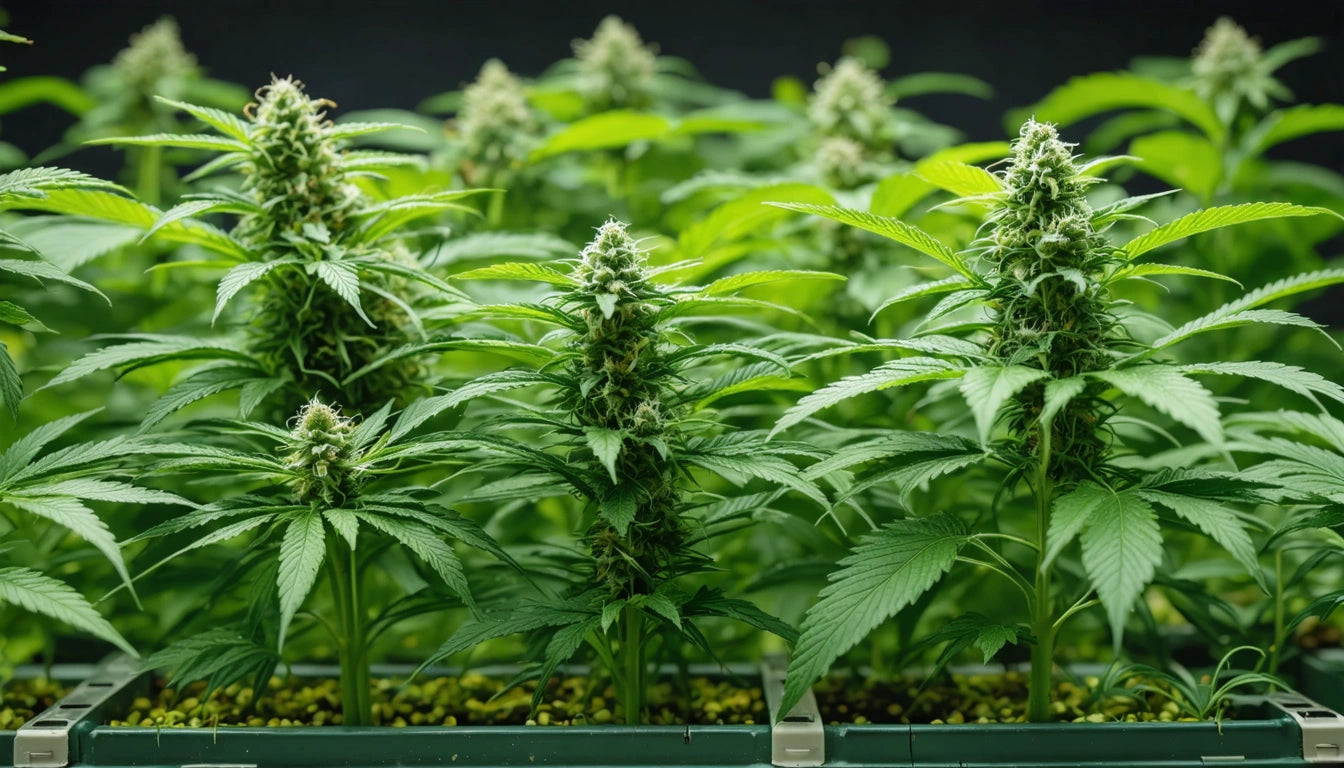Table of Contents
Cannabis testing regulations vary significantly across states and provinces, creating compliance challenges for producers operating in multiple markets. Understanding these differences is crucial for maintaining legal operations and ensuring consumer safety. This guide explores the testing landscape across North America and highlights key requirements for cannabis businesses.
Overview of Cannabis Testing Regulations
Cannabis testing requirements are established at the state or provincial level, with no federal standardization in the United States. This creates a patchwork of regulations that businesses must navigate. Most jurisdictions require testing for potency, pesticides, heavy metals, residual solvents, and microbial contaminants, but specific thresholds and methodologies differ substantially.
The fundamental distinction between batch and product testing also varies by location. Some states require testing of every production batch, while others permit representative sampling based on production volume or product type.
Core Testing Categories Across Jurisdictions
Potency Testing
Accurate potency testing is mandated in all legal cannabis markets. This typically includes analysis of THC, CBD, and sometimes other cannabinoids. The acceptable variance between labeled and actual potency differs by state, with most allowing a 10-15% deviation. Colorado and Washington have stricter standards, permitting only a 5-10% variance.
Contaminant Testing
Contamination testing covers several categories including pesticides, heavy metals, and microbial content. California maintains some of the strictest standards, testing for 66 pesticides compared to Oregon's 59 and Colorado's 13. Understanding contaminant testing is essential for producers as failed tests can result in destroyed inventory and significant financial losses.
State-by-State Testing Requirements
California
California implements the most rigorous testing regime in the United States, requiring analysis for cannabinoids, terpenes, residual solvents, pesticides, heavy metals, microbial impurities, mycotoxins, and foreign materials. Edible products face additional scrutiny, including homogeneity testing to ensure consistent dosing throughout the product.
Colorado
Colorado requires potency testing, residual solvent analysis, and microbial screening. The state recently expanded requirements to include more comprehensive pesticide testing but remains less stringent than California or Oregon.
Washington
Washington State mandates testing for potency, moisture content, foreign matter, microbiological contaminants, and mycotoxins. The state has also implemented special packaging regulations that work alongside testing requirements to create a comprehensive safety system for cannabis products.
Oregon
Oregon requires comprehensive testing similar to California's standards but with different thresholds for certain contaminants. The state also mandates batch testing for all products before they reach consumers.
Massachusetts
Massachusetts requires testing for cannabinoids, biological contaminants, chemical contaminants, and residual solvents. The state also has specific requirements for vape products following the 2019 vaping health crisis.
Illinois
Illinois mandates testing for potency, microbial contaminants, mycotoxins, pesticide chemical residue, residual solvents, and heavy metals. The state has particularly strict standards for medical cannabis products.
Canadian Provincial Testing Standards
Unlike the United States, Canada maintains federal testing standards through Health Canada, creating more consistency across provinces. All legal cannabis products must be tested for potency, pesticides, heavy metals, and microbial contamination. Provincial differences exist primarily in how testing is implemented and enforced rather than in the standards themselves.
Ontario and British Columbia
These provinces follow federal guidelines while maintaining additional oversight through provincial regulatory bodies. They require third-party laboratory testing for all products, with results verified by government-approved facilities.
Compliance Challenges for Multi-State Operators
Businesses operating across multiple jurisdictions face significant challenges in meeting varied testing requirements. This often necessitates relationships with different testing laboratories and adjustments to formulations based on local standards.
- Different action limits for pesticides and contaminants
- Varying requirements for terpene testing
- Inconsistent sampling methodologies
- Different requirements for Certificates of Analysis (COAs)
When products fail testing, remediation options vary by state. Some jurisdictions permit remediation for certain failures, while others require destruction of the entire batch. Understanding what happens when products fail testing is crucial for operational planning.
Regulatory Evolution and Future Testing Standards
Testing requirements continue to evolve as research advances and safety concerns emerge. Several trends are shaping the future of cannabis testing regulations:
Increased standardization is likely as states learn from each other's experiences. Federal legalization, if it occurs, would likely establish baseline testing requirements while potentially allowing states to maintain stricter standards.
Expanded testing panels will likely become standard, with full panel testing for edibles and extracts becoming mandatory in more jurisdictions. This comprehensive approach helps protect consumers from potential contaminants that may be concentrated during extraction processes.
Understanding how to interpret cannabinoid and terpene percentages will become increasingly important as testing becomes more sophisticated and consumers grow more knowledgeable about product composition.
As the industry matures, testing data will increasingly inform product recommendations and help brands develop more targeted offerings based on verified chemical profiles rather than anecdotal effects.











Leave a comment
All comments are moderated before being published.
This site is protected by hCaptcha and the hCaptcha Privacy Policy and Terms of Service apply.